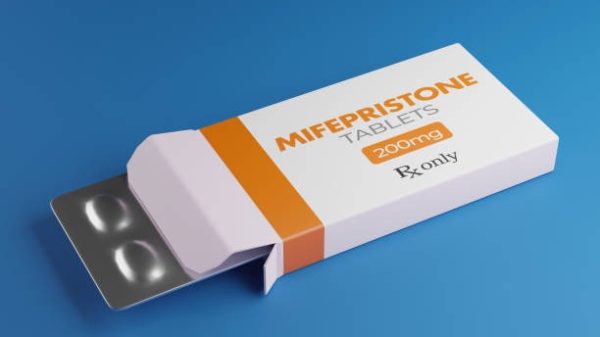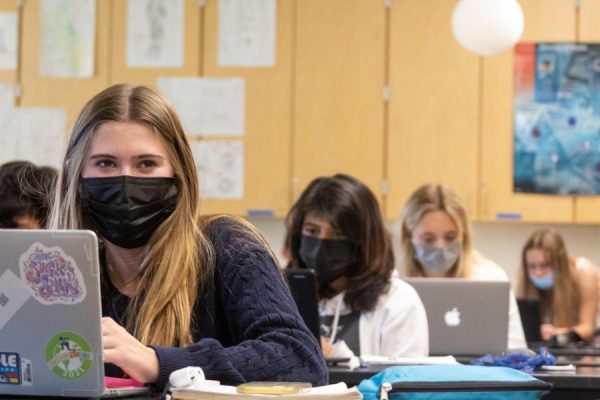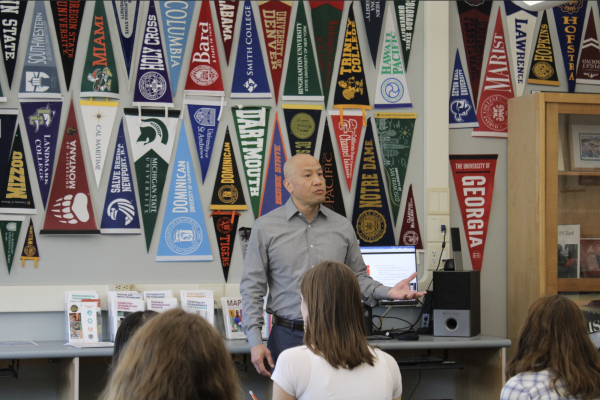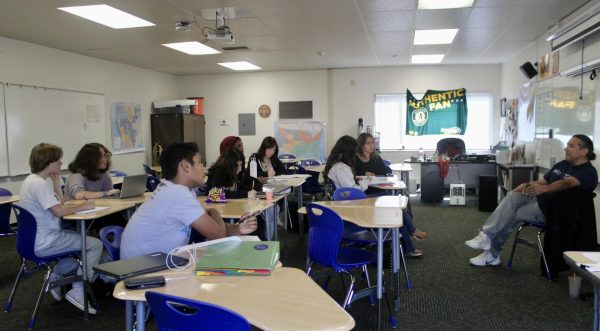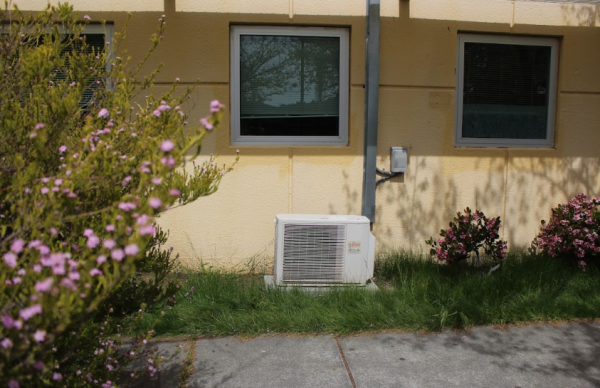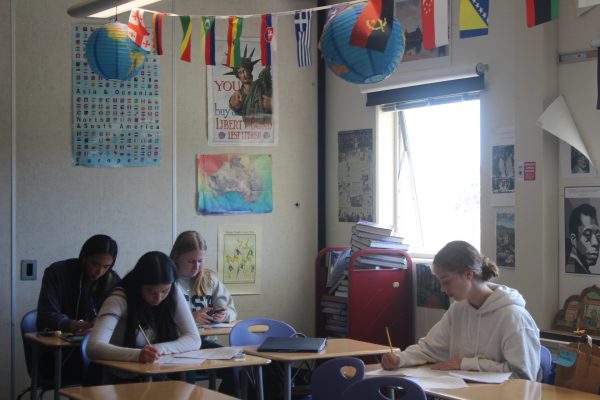$400 million district modernization plan advances
October 28, 2022
The Tamalpais Union High School District (TUHSD) has ambitious plans to modernize its aging campuses amidst declining enrollment. On Nov. 15, the district’s Board of Trustees will select an architectural firm to begin design work on proposed changes to Redwood’s campus. These changes are identified in the district’s Facilities Master Plan, which was developed by Corbett Elsen, Assistant Supervisor of Business and Operations for TUHSD. The plan reflects the involvement of various consultants, the district’s Board and numerous members of the community.
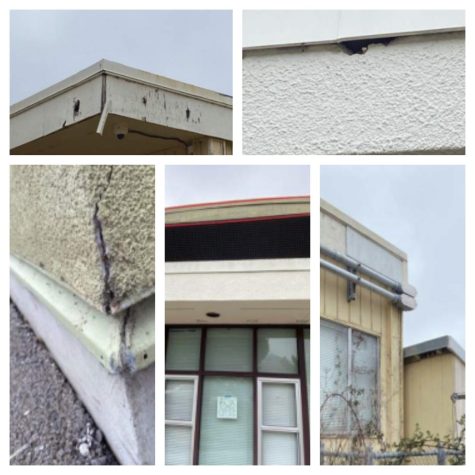
The project includes a number of items, most notably the demolition of over 8,000 square feet of existing buildings, including many portable classrooms, due to their deteriorating condition.
“The portable classrooms are about 30-40 years past their lifespan,” Elsen said. “They need to be replaced for structural reasons.”
The plan also proposes the construction of a new, two story arts building, a new music building and a new cafeteria and kitchen. Art teacher Bradford Butler explained the limitations of the existing art building.
“While our [ceramics] equipment is incredible, the integrity of the building could definitely use some work,” Butler said. “There is water leakage, insulation issues, some ventilation problems and very old air conditioning and heating units that continue to be replaced. The building that I am in was never meant to be permanent.”
The architects will also work on repurposing the kitchen into 9,000 square feet of flexible collaboration space, designing 6,700 square feet of interim housing and incorporating the related American Disabilities Act (ADA) and site improvements associated with these changes. The preliminary construction cost estimate for all this work is $47 million.
A Redwood Site Design Team, involving a parent, a student, an administrator and four staff members, including assistant principal Saum Zargar, will be selected by early November to vet the designs and provide feedback to the architect and design team.
Not all of the proposed changes will occur at once. Instead, they have been prioritized as “must-do” items, “should-do” items and “would-like-to-do” items. Top projects for Redwood include legally required ADA improvements, irrigation enhancements, roofing improvements and utilities upgrades, as well as mechanical, electrical and plumbing upgrades. Zargar supports the emphasis on these items.
“I am in agreement with the Facilities Master Plan, in that looking at our heating, ventilation and air conditioning units is important given that we’ve [recently] had smoky days and hot temperatures,” Zargar said.
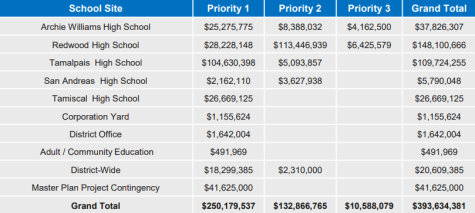
Projects that are second priority are access control, asphalt repair, athletics improvements, building replacements and solar and cogeneration energy efficiency improvements involving new photovoltaic canopies and electric vehicle charging stations. The lowest priority items are athletic enhancements such as replacing the physical education and weight rooms, other portable classroom replacements and an upgraded student wellness and services space.
TUHSD’s current facilities funding of approximately $12 million does not cover the needs identified by the Facilities Master Plan. The upgrades for Redwood alone are estimated to cost $148 million. The district wide project is anticipated to be $394 million in total. This amount includes an 11 percent buffer for unexpected additional future expenses such as inflation. Just the top priority projects would amount to approximately $250 million across the district and $28 million for Redwood. Elsen defended the large size of the project.
“We’re not building the Taj Mahal football stadium, [and] we are not building a five story cafeteria,” Elsen said. “We are doing things that are reasonable and needed. Given that, we think our community will likely support it.”
To pay for this project, TUHSD is planning to issue a large bond in 2024 which will require 55 percent voter approval. The current bond supporting TUHSD charges homeowners $21.48 per $100,000 of assessed property value. This assessment is declining each year and will expire in 2032. If the district issues a new bond in 2024 that continues this assessment at the same level, it will raise $254 million at current interest rates. This amount is far short of the approximately $400 million the district is likely to need for this project.
One alternative would be to issue a new bond that increases the existing tax from $21.48 to $30 per $100,000 of assessed property value. This would raise $418 million, covering the entire project but allowing for only 17 percent of cost overruns. A third option presented at the Apr. 12, 2022 district Board meeting was to add $30 to the existing tax, totalling $51.48 per $100,000 of assessed property value, to raise $475 million in total. This $51.48 assessment would decline to $30 per $100,000 of assessed value by 2032 when the existing bond expires.
Because the Board wants to ensure the successful passage of this bond measure in 2024, Elsen suggested they may reduce the project’s size by eliminating the lowest priority items. Although this would reduce the overall size of the project by only $11 million, to $383 million, it might be necessary since TUHSD has not always had consistent voter support. For example, in March 2020, TUHSD’s parcel tax extension failed to attract the 67 percent voter support it needed to pass.
“I really hope we can bring this [project] to fruition,” said Elsen. “What it will do for students and staff is awesome.”
Butler believes the new buildings are critical to the future success of Redwood’s art program.
“A permanent space would increase the quality of this studio tenfold,” Butler said. “Introducing a building that would accommodate a higher level of craft in ceramics and sculpture would increase the quality of the program by introducing students to opportunities that higher education provides.”








